Categorías
- iridología (226)
- Lectura ocular (24)
- software QR (15)
- Blog (252)
- Ilustración de iridología (35)
- curso en línea de iridología (54)
- iridología (59)
- Exhibición (2)
- Noticias (411)
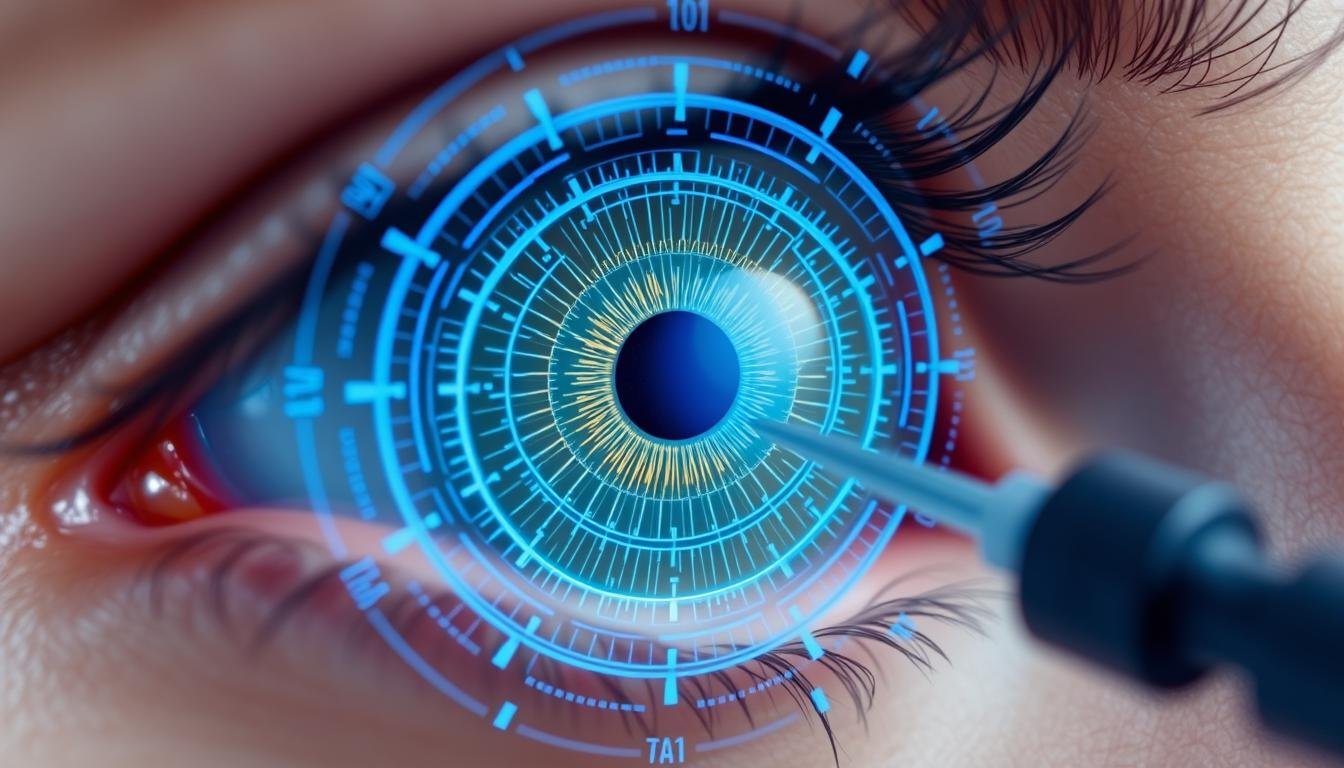
Traditional iridology relied on practitioners manually comparing iris patterns to printed charts—a subjective process with variable results. The digital revolution has transformed this practice through sophisticated imaging technology and artificial intelligence algorithms capable of detecting subtle iris changes with remarkable precision.




Modern digital iridology systems utilize high-definition cameras with specialized illumination to capture detailed iris images. These images are then processed through sophisticated software that can identify and analyze hundreds of distinct features within the iris structure. The integration of machine learning algorithms has dramatically improved the accuracy and consistency of these analyses.
The evolution from analog to digital has addressed several key limitations of traditional iridology:
Discover how digital iridology can transform your practice with enhanced accuracy and client insights.
One of the most impressive advancements in digital iridology comes from IrisDiagnose Pro, which has pioneered the application of deep neural networks to iris analysis. Their proprietary system has demonstrated remarkable accuracy in correlating iris patterns with specific health conditions.



In a 2023 validation study involving 1,200 participants, IrisDiagnose Pro’s AI system demonstrated 87% concordance with conventional diagnostic methods for identifying inflammatory conditions. The system’s neural network was trained on over 50,000 iris images with verified medical histories, creating a robust foundation for pattern recognition.
“The integration of convolutional neural networks with traditional iridology principles has created a diagnostic tool with unprecedented sensitivity to subtle iris changes. We’re seeing correlations that weren’t possible to detect with conventional methods.”
The system’s key innovation lies in its ability to detect temporal changes in the iris, tracking subtle variations that may indicate developing health conditions before they manifest as clinical symptoms. This predictive capability represents a significant advancement over traditional diagnostic approaches.
The digital iridology market has emerged as a significant segment within the broader wellness technology sector, which reached $2.1 billion in global value during 2023. This growth reflects increasing consumer interest in personalized health assessment tools and preventative wellness approaches.
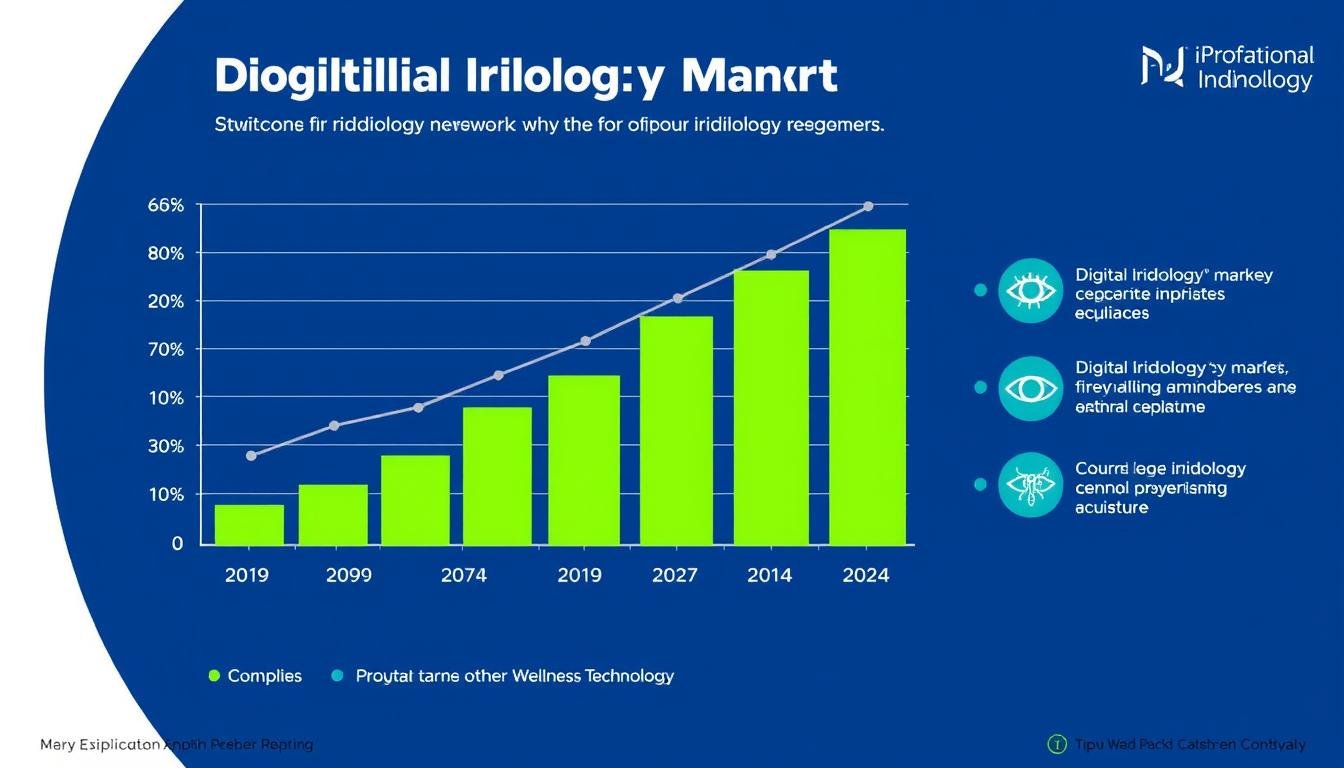
Market research firm HealthTech Analytics reports that digital iridology applications have seen a 34% compound annual growth rate since 2021, outpacing many other wellness technology segments. This acceleration is driven by several converging factors:
The integration of digital iridology with broader wellness ecosystems represents a particularly promising trend. Leading platforms now offer API connections to nutrition apps, fitness trackers, and electronic health records, creating comprehensive wellness management systems.

Download our comprehensive market report on digital iridology and emerging wellness technologies.
The digital iridology landscape features several sophisticated platforms, each with unique capabilities and specialized applications. Understanding the strengths of each system can help practitioners select the most appropriate technology for their specific needs.
| Platform | Características clave | Mejor para | AI Capabilities | Gama de precios |
| IrisHealth Pro | 12MP camera, 30X magnification, temporal tracking, multi-language support | Clinical practitioners, wellness centers | Neural network pattern recognition, condition correlation database | $1,800-$2,500 |
| Quantum Iris Analyzer | 8MP sensor, automated analysis, client management system, report generation | Holistic practitioners, nutritional consultants | Basic pattern matching, nutritional correlation | $1,200-$1,600 |
| IrisDiagnose Pro | 16MP resolution, cloud analysis, historical comparison, research database access | Research institutions, advanced practitioners | Deep learning analysis, predictive health modeling | $2,800-$3,500 |
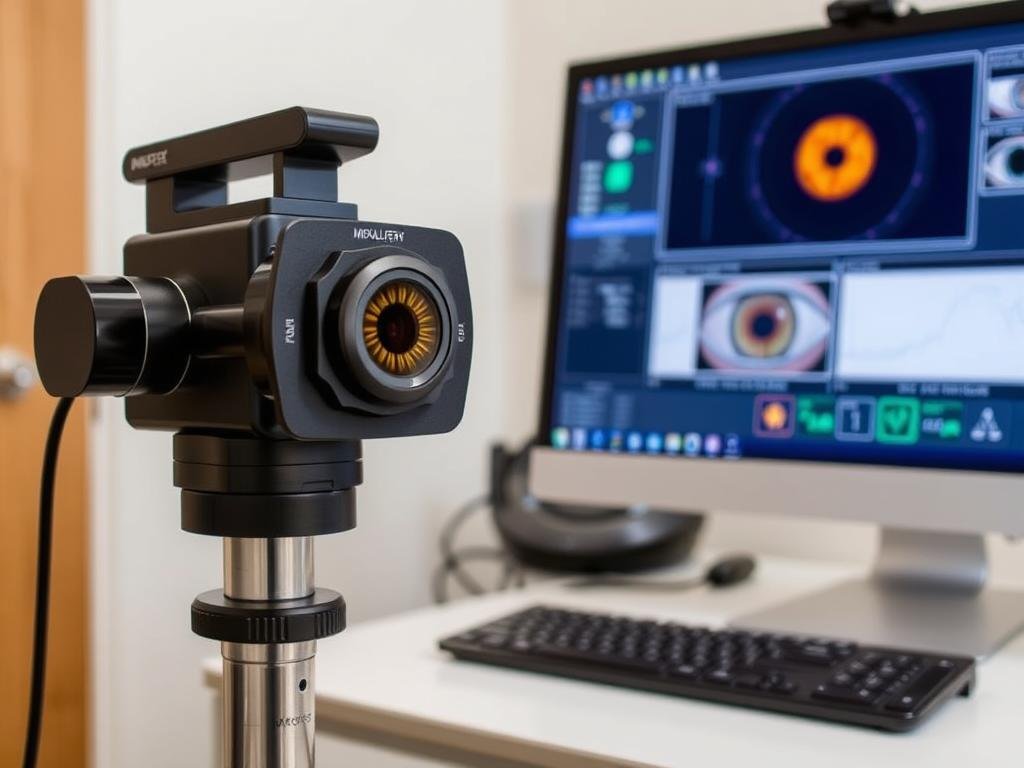
IrisHealth Pro has established itself as a leading solution for clinical practitioners with its balance of sophisticated analysis capabilities and user-friendly interface. The system features a 12MP camera with 30X magnification, providing exceptional detail for comprehensive iris examination.
Schedule a personalized demonstration with our technical specialists.

The Quantum Iris Analyzer offers an accessible entry point for practitioners new to digital iridology. With its 8MP sensor and streamlined analysis system, it provides essential functionality at a more approachable price point while maintaining clinical utility.

For research institutions and advanced practitioners, IrisDiagnose Pro offers unparalleled analytical capabilities. Its 16MP high-resolution imaging system and sophisticated deep learning algorithms provide the most comprehensive iris analysis available in the current market.
Research Validation: IrisDiagnose Pro’s analysis system has been utilized in 7 peer-reviewed studies examining correlations between iris patterns and specific health conditions, with results published in the Journal of Alternative and Complementary Medicine and Integrative Medicine Research.
Explore how IrisDiagnose Pro can transform your research or clinical practice.
The scientific community maintains varying perspectives on digital iridology, with ongoing research exploring its validity as a diagnostic tool. While traditional iridology has faced skepticism from conventional medicine, digital approaches with AI integration are generating new research interest.
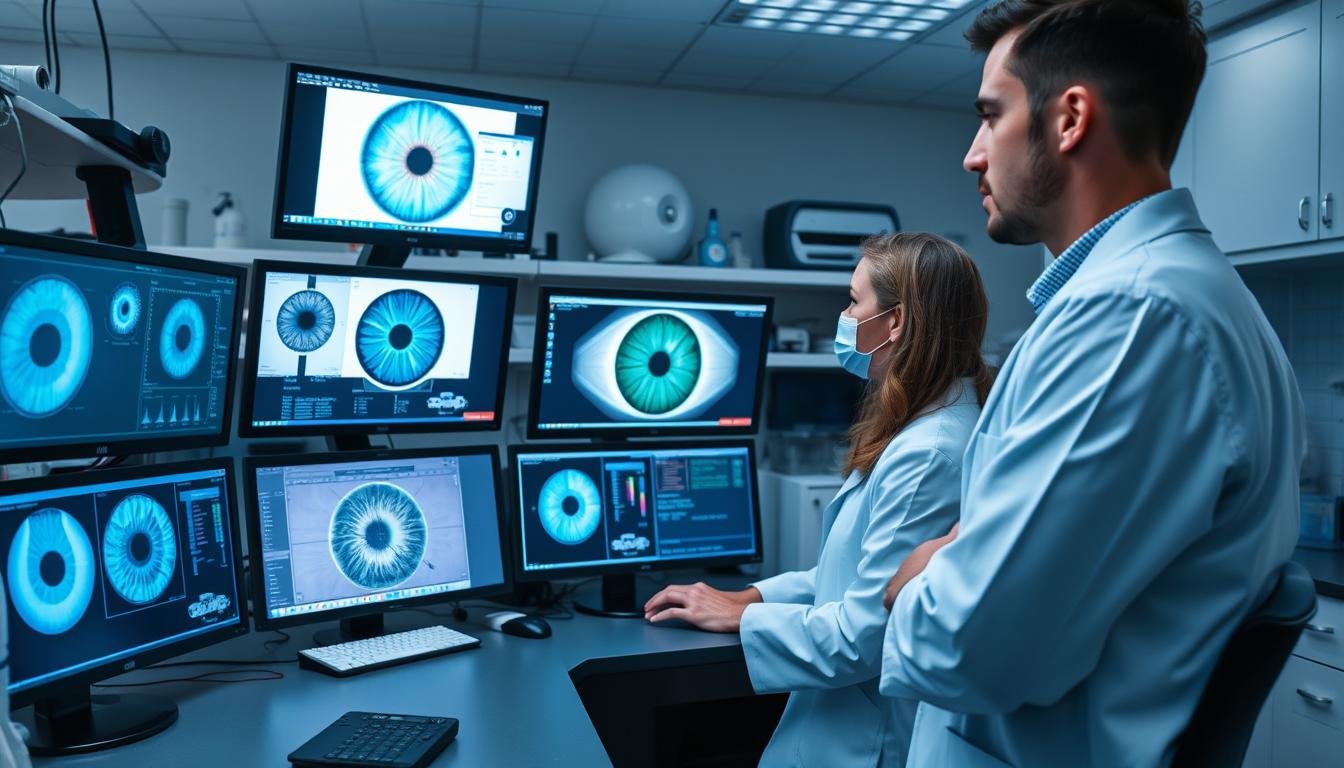
A balanced perspective recognizes digital iridology as an evolving field with promising applications in complementary health assessment while acknowledging the need for continued research validation. The integration of AI and machine learning has created new opportunities to identify patterns and correlations that may have been missed in traditional approaches.
“The application of artificial intelligence to iridology represents a significant methodological advancement that warrants serious scientific investigation. While we must maintain healthy skepticism, dismissing these technologies outright would be premature given the emerging data.”

Stay informed with our curated collection of peer-reviewed studies on digital iridology.
For practitioners considering the integration of digital iridology into their practice, several implementation approaches have proven successful. The technology can complement existing modalities and enhance client engagement through visual representation of health patterns.
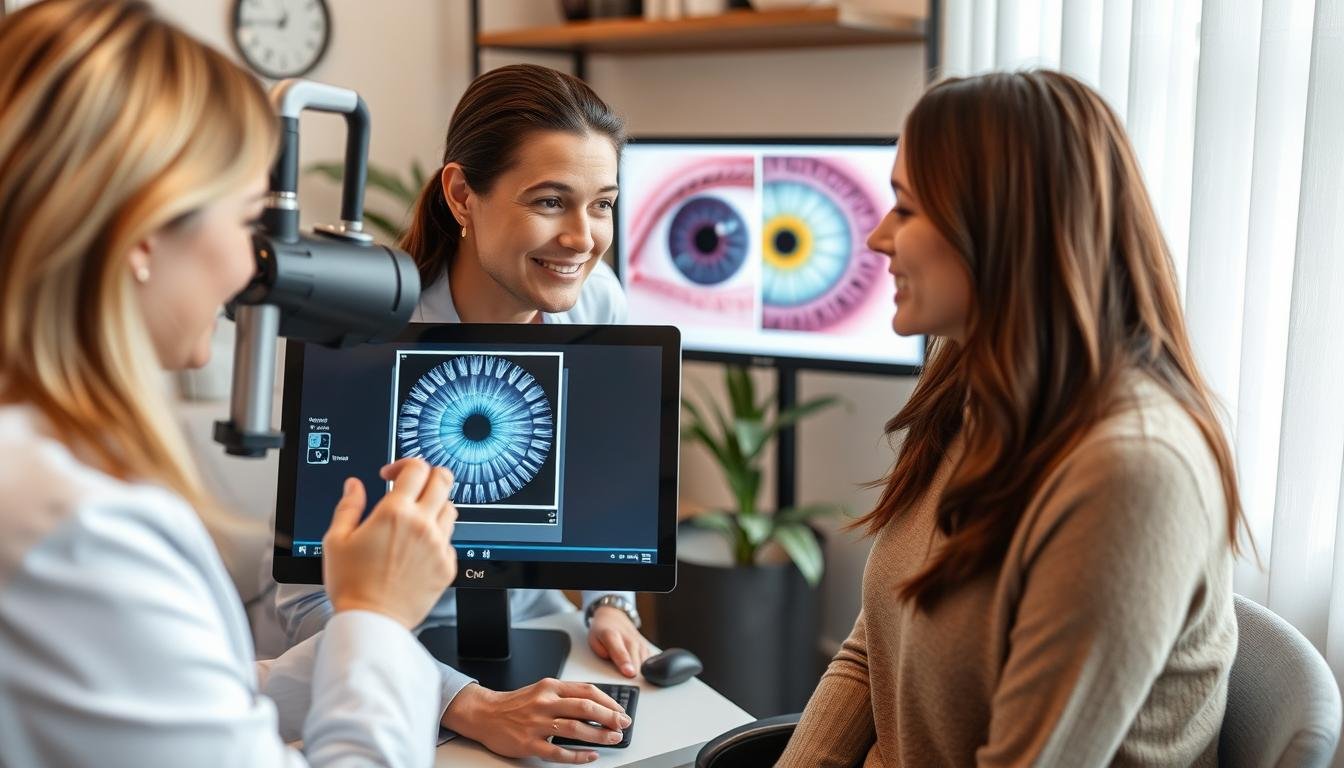
Successful implementation typically involves comprehensive training, clear client communication about the role and limitations of the technology, and thoughtful integration with existing protocols. Many practitioners find that digital iridology serves as an excellent conversation starter and engagement tool, regardless of its diagnostic applications.
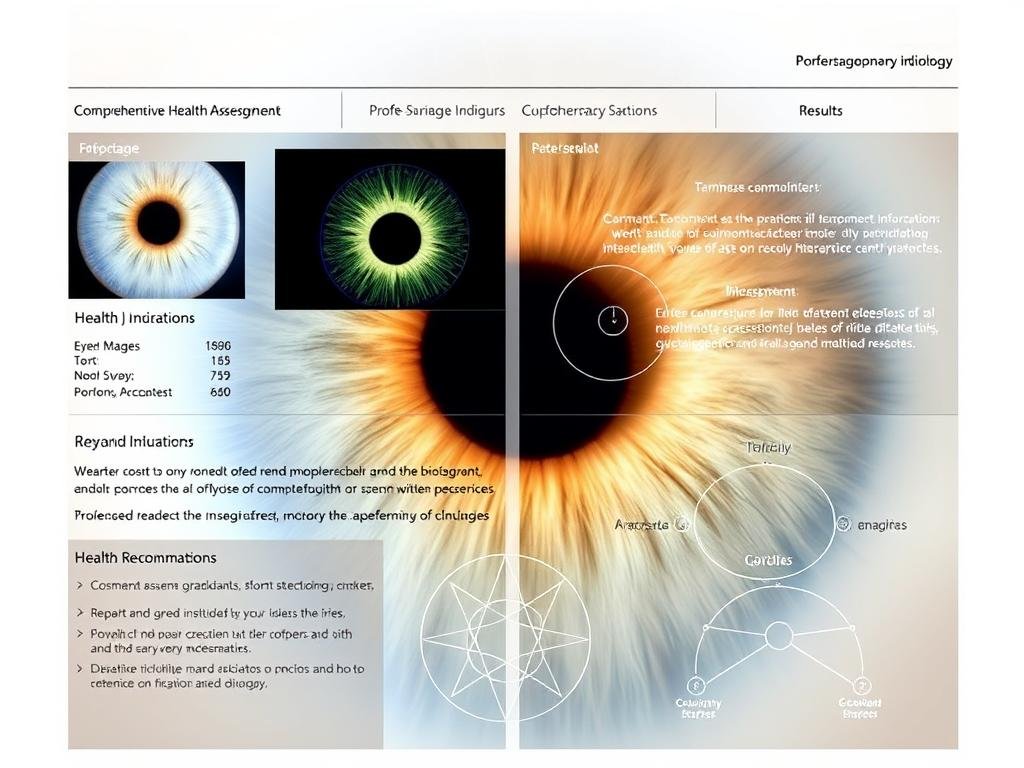
The digital iridology field continues to evolve rapidly, with several emerging trends poised to shape its future development and applications. These innovations promise to expand the utility and accessibility of iris analysis technology.
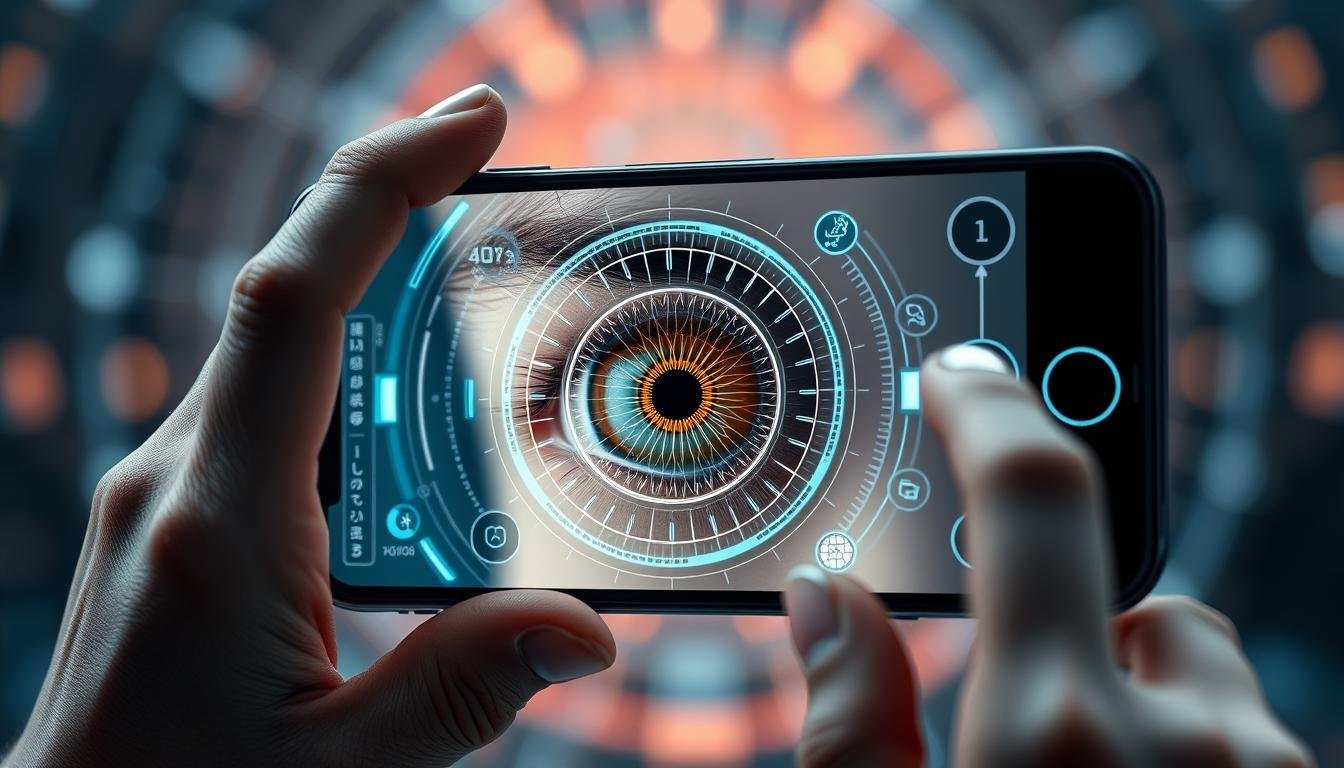
Smartphone-compatible iris cameras and dedicated mobile applications are making digital iridology more accessible. These solutions leverage the computational power of modern smartphones to perform sophisticated analysis without requiring specialized equipment.

Next-generation AI systems are incorporating multimodal analysis, combining iris patterns with other biomarkers for more comprehensive health assessment. These systems utilize advanced machine learning to identify complex pattern relationships and improve diagnostic accuracy.

Digital iridology platforms are increasingly offering telemedicine capabilities, allowing remote analysis and consultation. This trend accelerated during the pandemic and continues to expand access to specialized iris analysis services regardless of geographic location.

Research institutions and technology developers are also exploring expanded applications beyond traditional health assessment, including potential uses in biometric identification, emotional state analysis, and personalized wellness optimization.

Join our early access program for upcoming digital iridology innovations.
Digital iridology uses advanced imaging technology and computer analysis to examine iris patterns, while traditional iridology relies on manual examination with simple magnification tools. The digital approach offers enhanced precision through high-resolution imaging, standardized analysis algorithms, and the ability to track changes over time with exact documentation.
Digital iridology exists in a developing research space. While some studies have shown correlations between iris patterns and certain health conditions, comprehensive clinical validation is still emerging. The application of AI and machine learning has improved analysis consistency and is generating new research interest. Most practitioners position it as a complementary assessment tool rather than a definitive diagnostic method.
A basic digital iridology setup includes a specialized iris camera with appropriate magnification (typically 10-30x), proper illumination (usually LED), analysis software, and a computer to run the software. Professional systems range from
Digital iridology uses advanced imaging technology and computer analysis to examine iris patterns, while traditional iridology relies on manual examination with simple magnification tools. The digital approach offers enhanced precision through high-resolution imaging, standardized analysis algorithms, and the ability to track changes over time with exact documentation.
Digital iridology exists in a developing research space. While some studies have shown correlations between iris patterns and certain health conditions, comprehensive clinical validation is still emerging. The application of AI and machine learning has improved analysis consistency and is generating new research interest. Most practitioners position it as a complementary assessment tool rather than a definitive diagnostic method.
A basic digital iridology setup includes a specialized iris camera with appropriate magnification (typically 10-30x), proper illumination (usually LED), analysis software, and a computer to run the software. Professional systems range from $1,200 to $3,500 depending on resolution, features, and software capabilities. Some newer systems also offer smartphone compatibility with specialized attachments.
Artificial intelligence significantly enhances digital iridology through pattern recognition capabilities that can identify subtle features invisible to the human eye. AI systems can analyze thousands of data points within the iris, compare patterns to extensive databases, identify statistical correlations with health conditions, and learn from new data to improve accuracy over time. This reduces subjectivity and improves consistency in analysis.
No, digital iridology should not replace conventional medical diagnosis. Most responsible practitioners position it as a complementary assessment tool that can provide additional insights as part of a comprehensive approach to health. It may help identify areas for further investigation or track changes over time, but specific medical conditions should always be diagnosed by qualified healthcare providers using established diagnostic protocols.
,200 to ,500 depending on resolution, features, and software capabilities. Some newer systems also offer smartphone compatibility with specialized attachments.
Artificial intelligence significantly enhances digital iridology through pattern recognition capabilities that can identify subtle features invisible to the human eye. AI systems can analyze thousands of data points within the iris, compare patterns to extensive databases, identify statistical correlations with health conditions, and learn from new data to improve accuracy over time. This reduces subjectivity and improves consistency in analysis.
No, digital iridology should not replace conventional medical diagnosis. Most responsible practitioners position it as a complementary assessment tool that can provide additional insights as part of a comprehensive approach to health. It may help identify areas for further investigation or track changes over time, but specific medical conditions should always be diagnosed by qualified healthcare providers using established diagnostic protocols.
As digital iridology continues to evolve at the intersection of traditional wisdom and cutting-edge technology, it offers intriguing possibilities for health assessment and personalized wellness approaches. The integration of artificial intelligence has transformed this ancient practice, creating new opportunities for research and practical applications.
Whether you’re a healthcare practitioner considering adding this technology to your practice, a researcher exploring its potential applications, or simply curious about innovative approaches to health assessment, digital iridology represents a fascinating area of development worth following.

Explore how digital iridology can enhance your practice or personal wellness journey.
SOFTWARE DE IRIDOLOGÍA MAIKONG Instalación y funcionamiento
